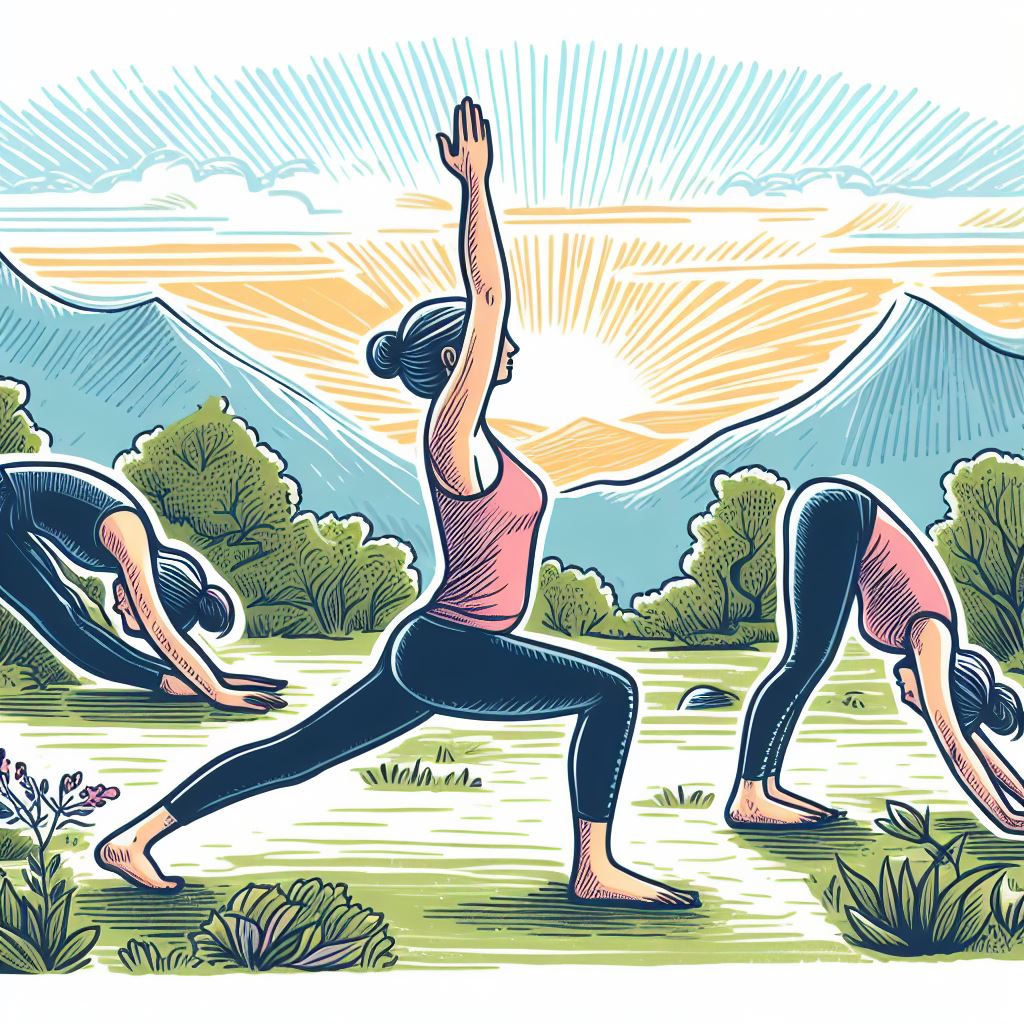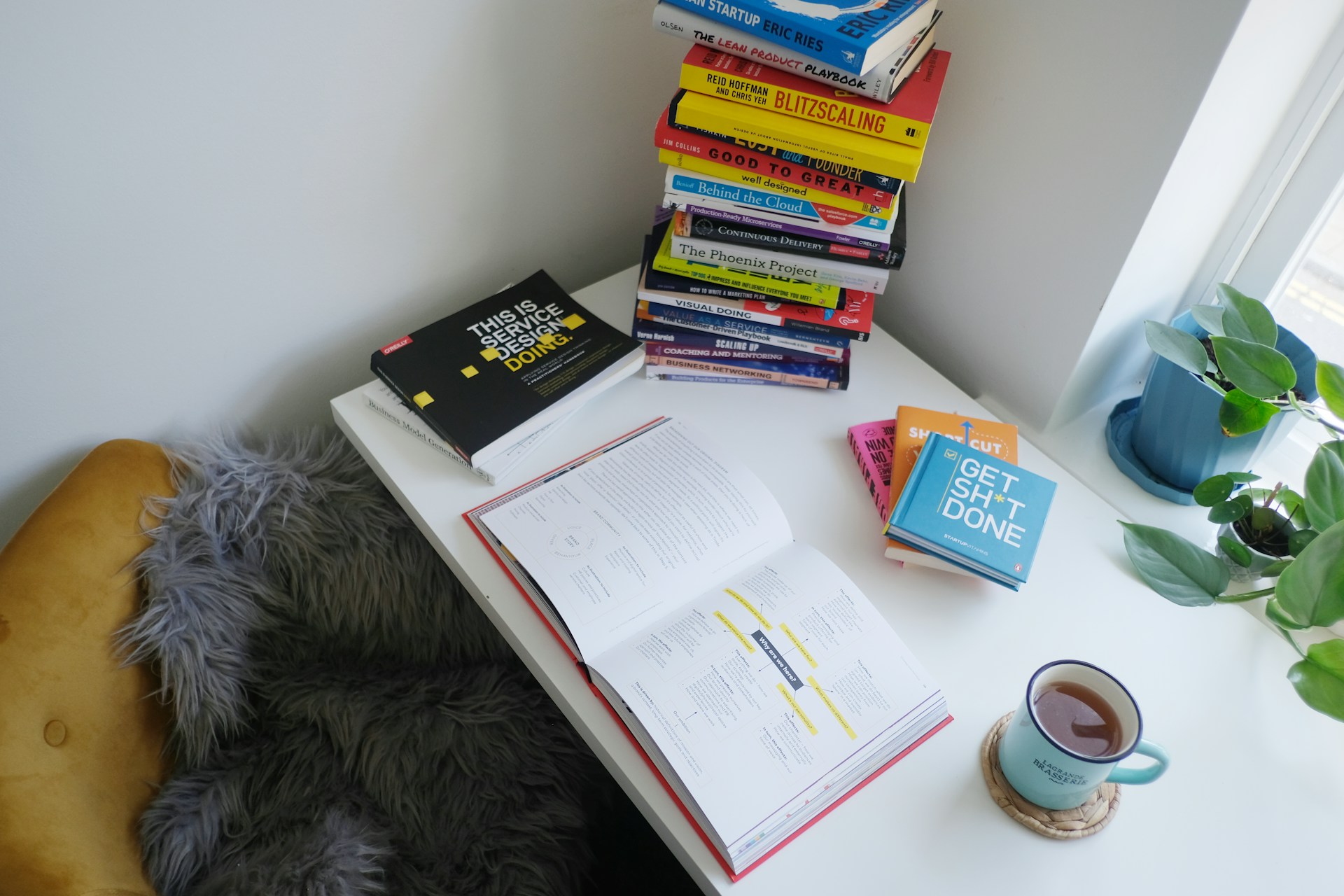We all know how good it feels to wake up after a night of deep, restful sleep. But have you ever stopped to think about how the position you sleep in might be affecting your health? You might be surprised to learn that the way you position yourself for those precious hours of shut-eye can have a significant impact on everything from your spine health to your skin and even your digestion.
Now, we all have our favorite positions. Maybe you’re someone who can only fall asleep flat on your back, or perhaps you’re a side sleeper, curled up like a contented cat. Or, if you’re like a few brave souls out there, you might even snooze on your stomach, despite the discomfort it might cause. Whatever your go-to position, each one has its own set of benefits and drawbacks that you should know about.
So, let’s dive in and take a closer look at what your sleeping position might be doing for your health. I’ll break down the most common sleeping positions, explore how each one can impact your wellbeing, and offer a few tips to help you get the most out of your sleep, no matter how you prefer to hit the hay.
Back Sleeping
If you’re someone who naturally gravitates toward lying on your back when you sleep, you’re in good company. Back sleeping, or the supine position, is one of the most common sleeping styles out there. Many people love this position because it feels like the most natural way to rest — just lying there, relaxed and face-up, like you’re floating in a serene pool of calm. But what does back sleeping actually do for your health?
Health Benefits
One of the biggest advantages of back sleeping is that it keeps your spine in a neutral position. This means that your head, neck, and spine are all aligned, which can prevent or alleviate the pain that comes from sleeping in a twisted or awkward position. If you’ve ever woken up with a crick in your neck, you know just how important proper alignment is!
Another plus? Back sleeping can be great for your skin. Because your face isn’t smushed into a pillow all night, you might avoid some of the wrinkles and creases that can develop over time. This position also keeps your head elevated, which can help reduce acid reflux symptoms. If you’re prone to heartburn, sleeping on your back with a slight incline can help keep stomach acid where it belongs.
And let’s not forget snoring. Back sleeping can sometimes help reduce snoring, especially if you prop yourself up just a bit. But, as we’ll discuss, it’s not a cure-all.
Potential Drawbacks
While there are plenty of benefits to sleeping on your back, it’s not perfect for everyone. For starters, if you’re prone to sleep apnea, this position might actually make things worse. Because you’re lying flat, your tongue and soft tissues can relax into your airway, causing it to become partially or completely blocked. This can lead to snoring, interrupted sleep, and even more serious health issues if left untreated.
Even if you don’t have sleep apnea, back sleeping isn’t always a dream come true. If you struggle with lower back pain, this position can sometimes make it worse, especially if your mattress isn’t providing the right support. It’s easy to slip into an arched or strained position that puts pressure on your lower back, leading to stiffness and discomfort in the morning.
Tips for Optimizing Back Sleeping
If back sleeping sounds like the right fit for you, there are a few tricks to make it even better. First off, think about your pillow game. The goal is to keep your head and neck supported without pushing them too far forward. A pillow that’s too thick can throw off your alignment, so opt for one that keeps your neck in line with your spine.
Another tip? Try placing a pillow under your knees. This can help maintain the natural curve of your lower back, reducing pressure and helping you stay comfortable all night long. And of course, your mattress matters. A medium-firm mattress is usually the best bet for back sleepers, as it provides enough support to keep your spine aligned without being too hard.
Side Sleeping
Now, if you’re a side sleeper, you’re in the majority — this is the most popular sleeping position by far. Whether you curl up in a fetal position or stretch out in a log pose, side sleeping has its own unique set of benefits and challenges. So, what does it mean for your health when you spend the night on your side?
Health Benefits
Side sleeping is often touted as the healthiest position for a variety of reasons. For one, it’s great for digestion. When you sleep on your left side in particular, you’re helping your body process food more efficiently. This is because your stomach and other digestive organs are naturally positioned on the left side, so gravity helps keep things moving in the right direction. If you’ve ever noticed that heartburn or acid reflux is less of an issue when you sleep on your left side, this is why.
This position is also a winner when it comes to reducing snoring and sleep apnea symptoms. By sleeping on your side, you’re keeping your airway open and reducing the chance of it becoming blocked. This can lead to quieter, more restful nights — both for you and for anyone else who shares your bed.
For pregnant women, side sleeping (especially on the left side) is highly recommended. It helps improve circulation to both the mother and baby, reduces pressure on the liver, and promotes better kidney function. So, if you’re expecting, side sleeping is definitely the way to go.
And let’s talk brain health for a moment. Some studies suggest that side sleeping can help your brain clear out toxins more effectively. This happens through a process called glymphatic drainage, which is more active when you’re on your side. Over time, this could have implications for reducing the risk of neurological diseases like Alzheimer’s.
Potential Drawbacks
Of course, side sleeping isn’t without its downsides. One of the most common complaints is shoulder and hip pain. Because you’re lying on one side of your body, you’re putting pressure on your shoulder and hip joints all night long. This can lead to soreness, stiffness, and even longer-term joint issues if you’re not careful.
And while side sleeping might be good for your digestion, it’s not always great for your skin. When you sleep on your side, your face is pressed against your pillow, which can contribute to wrinkles and even acne. If you’re someone who’s concerned about keeping your skin looking its best, this is something to consider.
There’s also the issue of spinal alignment. If your pillow isn’t giving your neck the right support, or if your mattress is too soft or too firm, you might end up with a misaligned spine, leading to back and neck pain.
Tips for Optimizing Side Sleeping
So, how can you make the most of side sleeping? First, let’s talk pillows. You want a pillow that’s thick enough to fill the space between your neck and the mattress, keeping your spine in alignment. A memory foam pillow can be a good choice, as it molds to the shape of your head and neck.
Another great tip is to use a pillow between your knees. This helps keep your hips aligned and reduces the strain on your lower back. If you’re really committed to side sleeping, you might even consider a full-body pillow, which can give you support from head to toe.
When it comes to your mattress, side sleepers usually do best with something on the softer side. A mattress that’s too firm can put too much pressure on your shoulders and hips, while one that’s too soft won’t provide the support your spine needs. A medium-soft mattress or one with a pillow-top can offer the right balance of comfort and support.
Stomach Sleeping
Now, let’s talk about stomach sleeping, which is probably the most controversial of all the sleeping positions. If you’re someone who prefers to lay flat on your belly, you’ve likely heard more than a few warnings about how this position might not be the best for your health. But like everything else, stomach sleeping has its own set of pros and cons, so let’s break it down.
Health Benefits
Stomach sleeping isn’t without its perks, though they might be fewer compared to other positions. One of the main benefits is that it can help reduce snoring for some people. When you sleep on your stomach, gravity keeps your tongue and other tissues from collapsing into your airway, which can help keep things clear and quiet. If you’ve ever been told you sound like a freight train while you sleep, this might be one way to dial down the noise.
Another less obvious benefit is that sleeping on your stomach might help with digestion. Some people find that lying on their stomach helps with gas or bloating, as it can naturally apply a bit of pressure to the digestive system. However, this isn’t a major advantage, and it’s certainly outweighed by some of the drawbacks.
Potential Drawbacks
Unfortunately, stomach sleeping tends to do more harm than good, especially when it comes to your neck and spine. Because your head is turned to one side for hours at a time, this position can lead to a lot of strain on your neck muscles, which can cause stiffness, pain, and even headaches. Over time, this could contribute to more serious issues like chronic neck pain or even a herniated disk.
Your spine isn’t off the hook either. Sleeping on your stomach puts your back in an unnatural position, with your lower back arched and your midsection pressed into the mattress. This can lead to back pain, especially if you’re not using the right kind of mattress. A mattress that’s too soft will let your body sink in too much, increasing the arch in your back, while a mattress that’s too firm can exacerbate the pressure on your spine.
Breathing can also be a challenge in this position. When you sleep on your stomach, your chest and lungs are compressed, which can make it harder to take deep breaths. This isn’t usually a big deal for most people, but if you have any respiratory issues, it’s something to keep in mind.
Tips for Optimizing Stomach Sleeping
If you’re a die-hard stomach sleeper and don’t want to give up the habit, there are a few things you can do to make it less problematic. First and foremost, ditch the thick pillow. A thin pillow, or no pillow at all, is best for stomach sleepers. This helps keep your neck from being craned at an awkward angle, reducing the strain on your neck and spine.
You might also want to try placing a pillow under your pelvis. This can help reduce the arch in your lower back, keeping your spine in a more neutral position. It’s a simple trick, but it can make a big difference in how you feel in the morning.
As for your mattress, a medium-firm option is usually best. You want enough support to keep your body from sinking in too much, but with enough give to avoid putting too much pressure on your chest and stomach.
Combination Sleeping
If you find yourself tossing and turning throughout the night, trying out a variety of positions before finally drifting off, you might be a combination sleeper. This means you don’t stick to one position all night but rather move between your back, side, and stomach as you sleep. While this might seem chaotic, it actually has its own set of benefits and challenges.
Health Benefits
One of the best things about combination sleeping is that it can help prevent stiffness and soreness. Because you’re not locked into one position all night, you’re less likely to develop the aches and pains that can come from staying in one spot for too long. This dynamic movement allows your body to relieve pressure points and shift weight, which can be particularly beneficial for people who suffer from joint pain or arthritis.
Another benefit is that combination sleeping allows you to take advantage of the positives of different positions. For example, you might start the night on your back, which is great for spinal alignment, then shift to your side, which can help with digestion and reduce snoring. By moving between positions, you’re less likely to experience the drawbacks that come with sticking to one position for hours on end.
Potential Drawbacks
While combination sleeping has its benefits, it’s not without its challenges. One of the biggest issues is that it can be difficult to find a pillow and mattress combination that works well for all the positions you might sleep in. What’s perfect for back sleeping might not provide enough support for side sleeping, and what’s great for side sleeping might leave you with neck pain if you roll onto your stomach.
There’s also the risk of disrupting your sleep quality. If you’re constantly moving and adjusting throughout the night, it can prevent you from getting into the deeper stages of sleep that are most restorative. While a little movement is normal and healthy, too much can leave you feeling tired and groggy in the morning.
Tips for Optimizing Combination Sleeping
To get the most out of combination sleeping, it’s important to create a sleep environment that accommodates your movement. Start with a versatile pillow, like one made from memory foam or one that’s adjustable, so you can find the right level of support no matter which position you end up in. You might also want to consider having more than one pillow on hand, so you can switch things up depending on how you’re sleeping.
When it comes to your mattress, look for something with a balance of support and softness. A medium-firm mattress is usually a good choice, as it offers enough support for back and stomach sleeping while still being comfortable for side sleeping. If you find that you’re moving around a lot because you’re uncomfortable, it might be time to invest in a new mattress that better suits your needs.
Finally, give yourself plenty of space to move. If you’re cramped in a small bed, it can be harder to shift positions comfortably, which might cause you to wake up more often. A larger bed with plenty of room to stretch out can make a big difference in your sleep quality.
At the end of the day, there’s no one-size-fits-all answer to the best sleeping position for your health. What matters most is finding a position that feels comfortable and allows you to wake up feeling refreshed and pain-free. Whether you’re a back sleeper, a side sleeper, a stomach sleeper, or a combination of all three, understanding the pros and cons of each position can help you make the best choices for your health.
So, take a moment to think about how you sleep and whether there are any small adjustments you could make to improve your sleep quality. It might be as simple as swapping out your pillow, trying a new mattress, or experimenting with a different position. Your sleep is too important to leave to chance, so give yourself the best possible shot at waking up feeling great.
















